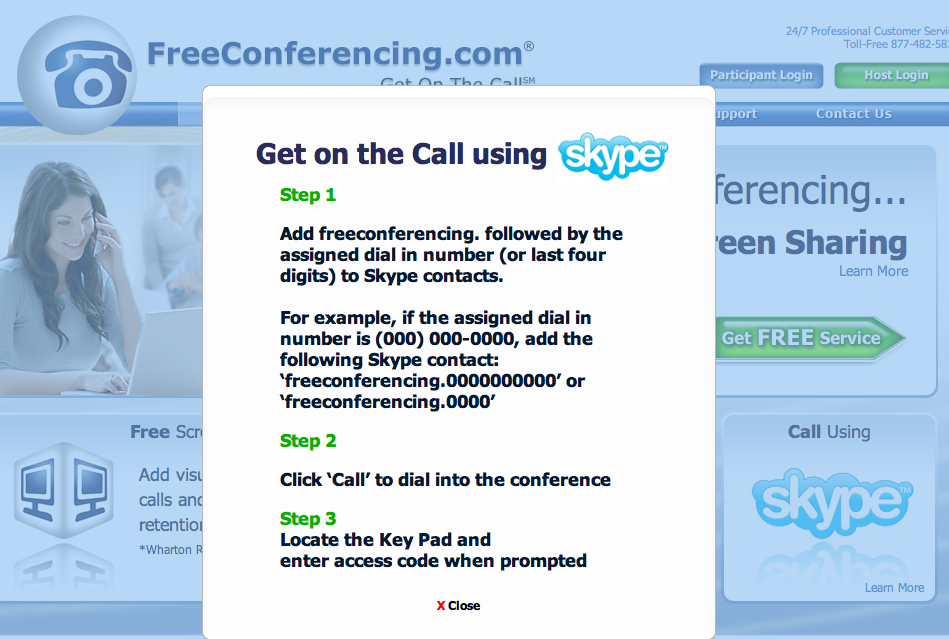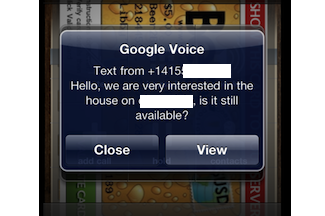From Women 2.0 article
“If only I could drink that!” Beer2Buds was born after my friend from Sweden sent a virtual beer in an email on a long Friday afternoon while stuck at the office. Not only was the idea of the beer great but also we were able to rediscover great memories we had made years before, while studying abroad together.
Most ideas start with a problem that you personally wish to have solved and you realize there does not exist a good way of solving it now. In this case, I wanted to solve the problem of buying a friend a beer from 4,000 miles away. The second part is determining how many people have that problem (ie. what is your addressable market). If it’s not enough, though you may love your idea, it’s reality-check time -– what is the amount of energy you intend to spend and for what result? Make sure there is a market.
Sure, there are a lot of beer drinkers, but how many actually:
- Have email/Facebook/iPhone?
- Will send a friend a beer?
- Can we reach?
- And how often will they do it?
Next, how much are they willing to pay for it?
Nobody likes to hear this but your first idea won’t likely be the one that sticks. You will be forced to make iterations until you find a product/market fit in a market large enough to make sense. Getting to the product/market fit as quickly as possible is the goal.
To quote Steve Blank’s “No Plan Survives First Contact with Customers”, there is no replacement for real market validation. Want to know if your product will work? Get real users to test it, as they won’t lie. The true test: will they pay for your product? The next test: will they keep coming back?
Before spending too much time in development or iterations, you absolutely have to scale down to a MVP (minimum viable product). That is, what does it take to get from A to B. No bells and whistles in V.1 or you’ll end up playing pin the tail on the donkey wondering where to focus.
Testing and Traction
Measure and test assumptions! I hate to say “throw it to the wall and see what sticks”, but throw it to the wall and measure the results to see what customers really want. Take an educated guess after you narrow down your target market and try a variety of marketing ideas, generally one at a time, and compare results. We have tried many different tactics and none resulted in what we originally expected. For example, we found that an urban professional is more likely to send a beer to congratulate a friend on a job promotion than a beer aficionado would send his beer-drinking buddy a random beer to say cheers (an incorrect assumption based on the original motivation for creating Beer2Buds).
Pivot to a New Product
After making several product iterations, measuring results, and scaling our team up/down, we realized that Beer2Buds was going to need mass volume and cash to reach desired revenues, and we wouldn’t have enough resources to fully support that in the short term. We decided a pivot was needed.
With limited resources and now a team of two, Tessa and I sat together and asked ourselves what was next. Generally speaking, I am the business side and Tessa is the technical side. Running out of time and money, we analyzed 4 different business models that could work, how long they’d take to implement, and which had the highest income potential, was the most scalable, and would produce the quickest return.
We chose “Promotr” which became PromoBomb a few weeks later. PromoBomb exists as a B2B2C product where we leverage the customer base of our network to help them grow their own customer base and increase our visibility and revenues. Shifting the business model and creating a new product while running on low fuel was scary, but it turned out to be the right decision. The product was created from a large amount of feedback and to address a larger market, but also from instinct. At a certain point, you have to trust your gut.
I created the first wireframes and specs, and graphics, and Tessa took on all of the development and future product mocks and specs. I sought advice from our bar/restaurant network and trusted unofficial advisors in the restaurant and tech industries. We went to the drawing board several times and asked “What is A to B” so that we only created an MVP and not unnecessary features.
With paying clients, we have found a repeatable, scalable, sales model and are planning to methodically build out our product and team. Real customer validation helps us keep a pulse on what’s working and what isn’t.
Lessons learned so far (with many more to come)
A startup feels like you are Harry Houdini and you’re underwater, trying to break free (figure out product/market fit) and make it to the surface (grow revenues) one lock (one challenge) at a time before you run out of air (cash).
- Tenacity and perseverance are key. You never know what’s going to happen from day to day.
- Don’t scale too quickly.
- It’s ok to say “no” to a customer. General rule of thumb: wait until 10 customers.
- request the same thing before it goes from ‘noise’ to ‘noteworthy’.
- Be bold but take calculated risks.
- Don’t put all your eggs in one basket –- you need 20 leads to close 1 sale.
- Trust your gut and learn from experience.
- Focus on your core value proposition. Be specific. Don’t be all things to all people.
- Stay the course; persevere. An idea is only worth the amount of effort you put
behind it.
- Don’t be afraid to fail. Failure means you’re one step closer to winning.
F ail fast.
A ct.
I terate.
L earn.
Be ready to overcome challenges – daily. Just don’t give up.
 About the guest blogger: Libby Tucker is Founder and CEO of Beer2Buds. Prior to Beer2Buds, she was the COO of Seattle startup TalentSpring.com (acquired by TalentTech) and a former Adobe employee. Libby blogs at AnywhereProfessional, focused on traveling whilst pursuing her vocation. Libby speaks fluent Spanish and conversational German. When she’s not creating web products, you’ll find her kayaking, hiking, snowboarding, surfing, playing beach volleyball, or discovering new lands. Follow her on Twitter at @libtuck and her startup at @beer2buds.
About the guest blogger: Libby Tucker is Founder and CEO of Beer2Buds. Prior to Beer2Buds, she was the COO of Seattle startup TalentSpring.com (acquired by TalentTech) and a former Adobe employee. Libby blogs at AnywhereProfessional, focused on traveling whilst pursuing her vocation. Libby speaks fluent Spanish and conversational German. When she’s not creating web products, you’ll find her kayaking, hiking, snowboarding, surfing, playing beach volleyball, or discovering new lands. Follow her on Twitter at @libtuck and her startup at @beer2buds.





 My last AT&T phone bill was nearly $200. For around the same price, even though it’s less convenient (you need wifi, but that’s increasing every day – I even carry around a
My last AT&T phone bill was nearly $200. For around the same price, even though it’s less convenient (you need wifi, but that’s increasing every day – I even carry around a  About the guest blogger: Libby Tucker is Founder and CEO of
About the guest blogger: Libby Tucker is Founder and CEO of 